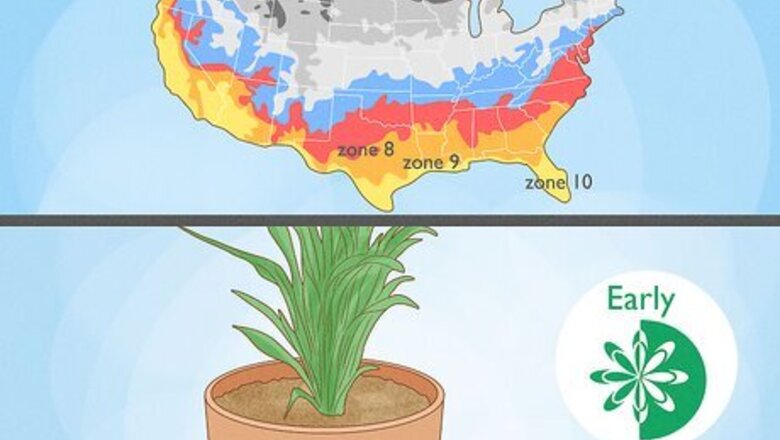
views
Planting Tuberose
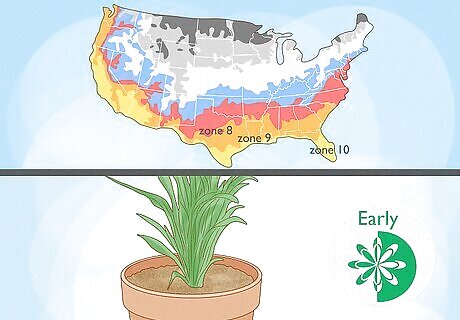
Decide where and when to plant. Tuberose bulbs are best planted in early spring after the last frost, but this requires a warm climate with a growing season at least 4 months long, and a USDA hardiness zone of 8, 9, or 10. If you have a shorter growing season, start the tuberose indoors in early spring and transfer once night temperatures outdoors are above 60ºF (15.5ºC). If you live in zone 7 or below, you will need to bring tuberose indoors for the winter. Zones 8-10 correspond to a minimum winter temperature between 10ºF (-12.2ºC) and 35ºF (1.7ºC). Zone 7 has a minimum winter temperature of 0ºF (-17.8ºC).
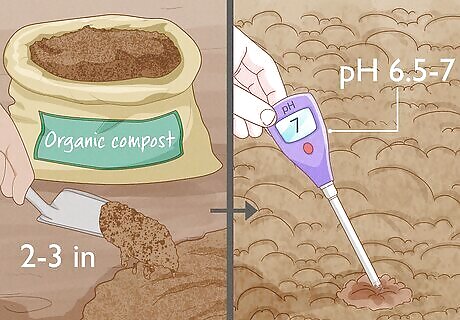
Prepare the soil. Tuberose needs well draining, highly nutritious soil. To improve your garden soil, mix in organic material such as peat moss, compost, or old, decomposing manure. Pile this mixture up 2-3 inches (5-7.5 cm) above the original soil surface to raise it above pooling water. Tuberose prefers a soil pH between 6.5 to 7, but are fairly adaptable and should do fine in environments with pH as low as 5.5. You may use a large, well draining pot instead of a raised bed.

Select a sunny location. Plant in a location that gets full sun for about 6-8 hours during the day. Tuberose is native to hot climates, and will only need to be moved to bright partial shade if it shows signs of withering or drying before the end of the growing season.

Plant in a hole 2 in (5cm) deep. If you have purchased a cluster of bulbs, plant the entire cluster. Place bulbs or clusters of bulbs about 6-8 inches (15-20cm) apart to allow for growth.
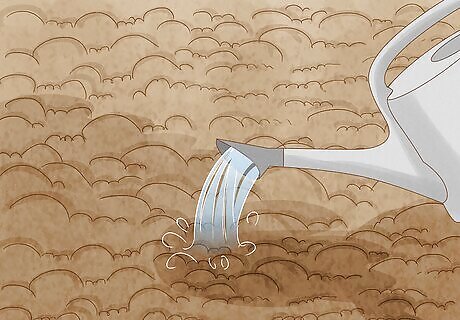
Water generously after planting. Give the tuberose bulb a thorough watering to settle the soil around the plant. Move on to next section to learn how to care for the bulbs and growing plants. Growth should be visible within a few weeks.
Caring for Tuberose

Water sparingly until plants emerge. Keep the soil fairly dry, but water before it dries out fully. Within a few weeks, green tips should emerge, and root systems will develop that allow the plant to handle more water.
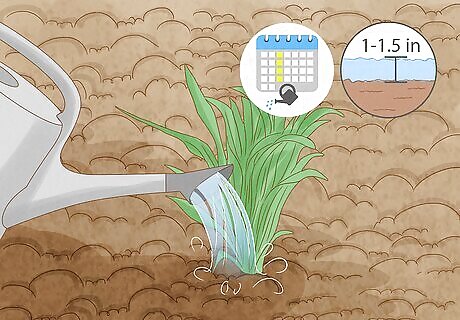
Water moderately during the growing season. As tuberose grows, provide roughly 1–1.5 in. (2.5–3.75 cm) of water once a week. Tuberose prefers this to more frequent watering in smaller amounts. Reduce watering if rain occurs, so the tuberose only receives a total of approximately 1–1.5 in. (2.5–3.75 cm) of water each week. Take care not to over water, as tuberose rots easily (the reason you really need well-draining soil).
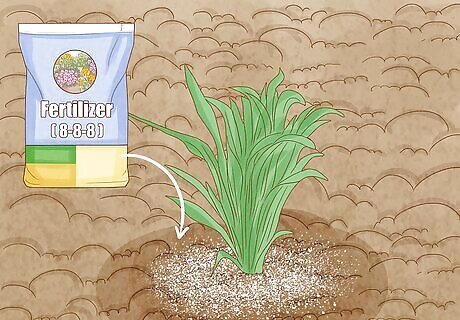
Apply a balanced fertilizer. An 8-8-8 fertilizer, with equal parts nitrogen, phosphorus, and potassium, is recommended for tuberose. Apply solid fertilizer around the soil of the plant once every 6 weeks, or apply liquid fertilizer according to packaging instructions.
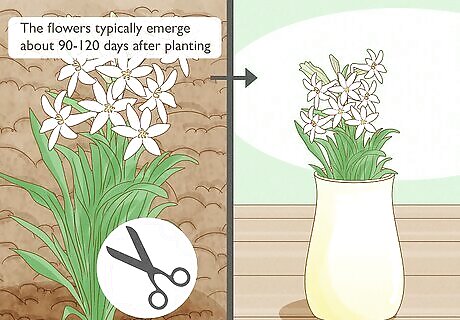
Feel free to cut flowers to arrange indoors. The flowers typically emerge about 90-120 days after planting, usually in the late summer or early autumn. Removal of the flowers for house display will not harm the plant, so enjoy bringing the scent into your home. If the weather is turning cold and the plant has not yet flowers, transplant the tuberose to a large pot, and bring it to a warm location indoors. Remember, the pot must be well-draining, with a hole in the base and something beneath it to catch the water. Keep in mind that the tuberose flowers are very fragrant. They will be at their peak of fragrance during the evening hours.
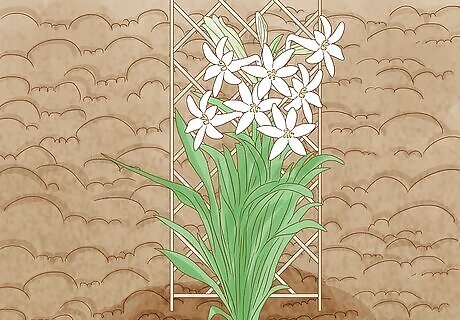
Support the flowers if needed. The flowers will start to weigh the branches down when they start to bloom, so you may want to add some form of support. Place a trellis in the ground next to the plant or use a cage to help support the plant from all sides.
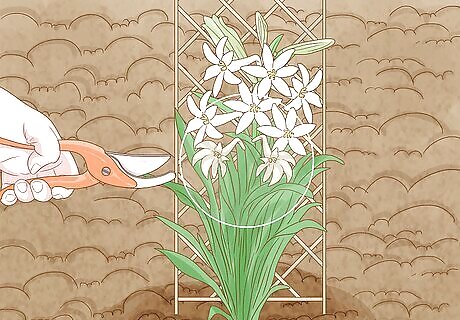
Prune to encourage growth. Even if you don't bring flowers indoors, remove the withered flowers to encourage new growth. Do not remove any leaves until they are completely yellow.

Stop watering when the flowers and leaves die. Once the foliage is yellow or brown, the plant is done growing for the year. Move on to the next section if you expect a cold winter, or simply leave it in the ground if you are located in USDA hardiness zones 8 or higher, and expect a typical winter. Do not apply any fertilizer while the plant is not growing.
Moving Tuberose Indoors for Winter
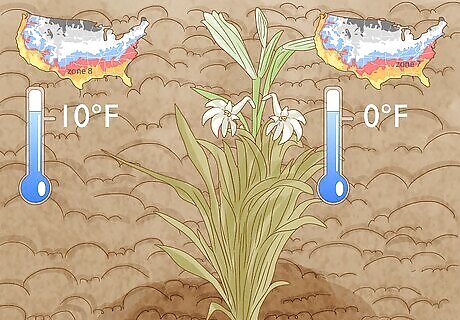
Consider whether you need to move the plant indoors. If you are located in a USDA hardiness zone numbered 8 or higher, the tuberose will probably be fine if left in the ground year round. In zone 7, you may be able to insulate the soil with a thick layer of mulch, and remove it in spring. In any other zone, move the tuberose bulbs indoors. Zone 8 corresponds with a minimum winter temperature of 10ºF (-12.2ºC). Zone 7 has a minimum winter temperature of 0ºF (-17.8ºC).

Move the plants before the first frost. The tuberose may survive one light frost, but it's best not to risk it. The first frost may come in autumn or winter, depending on your climate.
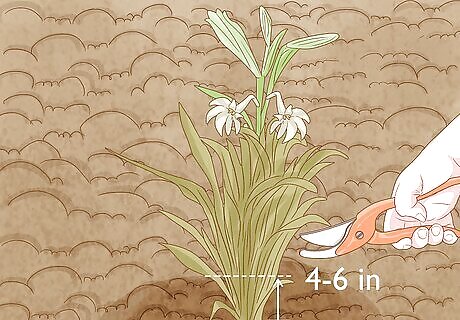
Cut back the foliage. Remove yellow leaves and cut the stem down to 4–6 inches (10–15cm) above the soil. Use a clean knife, preferably sterilized with rubbing alcohol to minimize chance of infection.
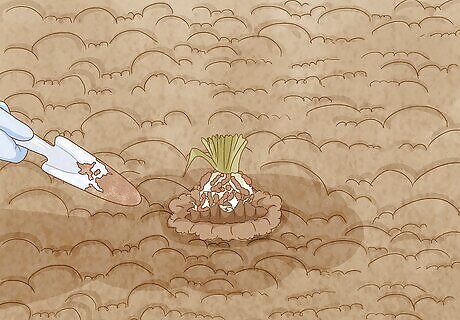
Dig out the bulbs carefully. Dig out a large clump of soil with the bulb inside, then brush off the soil to reveal the bulb. Dig slowly and carefully to avoid breaking the roots.
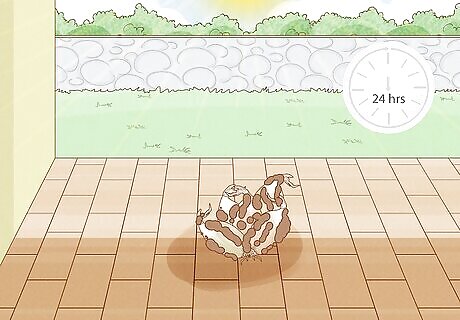
Wait for them to dry. Lay the bulbs on a screen in the sun for 24 hours to dry them out. If there is no sun, leave them in a dry area for several days instead. Do not attempt to speed this up by heating them.

Pack the bulbs in soft material. Use a cardboard box, tray, or any other container that can hold peat moss, sawdust, or vermiculite. Cover the tuberose with the material and store at about 50ºF (10ºC).
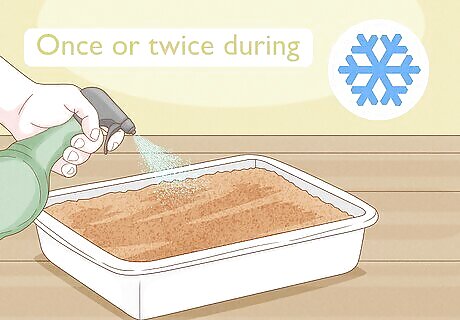
Adjust moisture if necessary. In most cases, the tuberose can be left alone the entire winter. However, if you notice the bulbs shriveling, lightly moisten the packing material once or twice during the winter. On the other hand, if roots appear, move to a dry location.
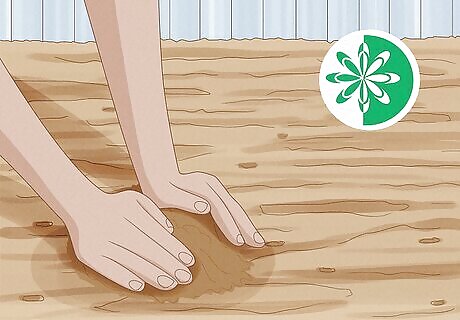
Plant in spring. Tuberose can be planted in the spring after being kept overwinter, and the new bulbs around the original will flower as normal. After several years of growth, a cluster may be too large for adequate flower growth. Separate the smaller bulbs and plant separately, but be aware that some newly separated bulbs may not grow in the first year.
Growing Tuberose Indoors
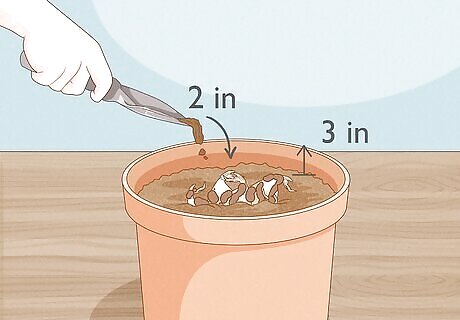
Add soil and rhizomes to a pot. Get a one gallon pot that has drainage holes on the bottom of it. Fill the pot halfway full with moist potting soil. Then, set the rhizomes on top of soil and add enough soil until the rhizomes are about three inches below the rim of the pot. Add about two more inches of soil after that to top it off.
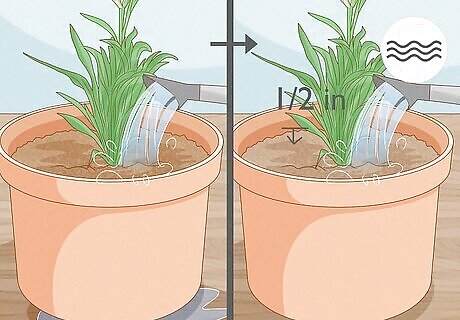
Water the tuberose. Water the soil until water runs out of the bottom of the pot. After that, you will only need to water it when the top ½ inch of soil is dry Check it once every few days to see when it needs to be watered. It is also a good idea to fill the tray that goes under the pot with gravel and pour water over it. Then, place the pot on top of the gravel. This will help to ensure that the plant gets plenty of humidity.
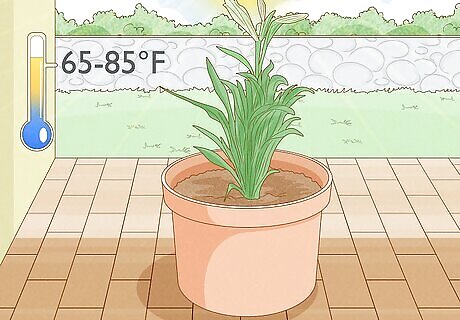
Place the potted tuberose in a warm, sunny location. It is important to place the tuberose somewhere that it will get sun exposure all day long and where it will warm. Try to keep your home at a constant temperature of 65 to 85 degrees Fahrenheit. Check around your house to find the ideal location.

Fertilize the tuberose. Dilute ½ teaspoon of soluble fertilizer—preferably a 5-10-10 mixture—in one gallon of water. Then, irrigate the plant with this solution every two weeks once the plant is actively growing.
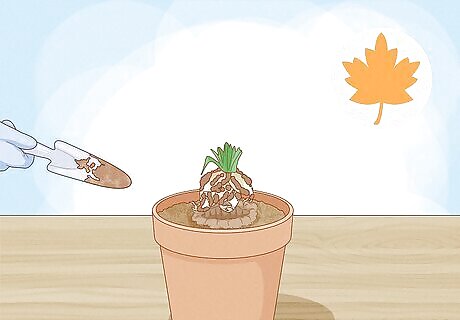
Remove the rhizomes in the fall. In the fall, you will need to remove the rhizomes from the pot. Break the smaller rhizomes off the larger ones, and then throw out the large one. Store the small ones in a cool, dark spot until spring, so that you can plant them again.

















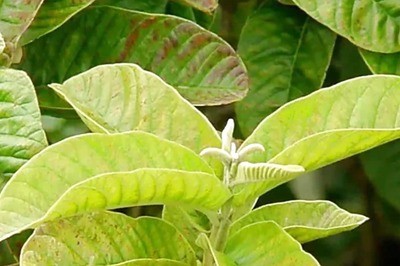


Comments
0 comment